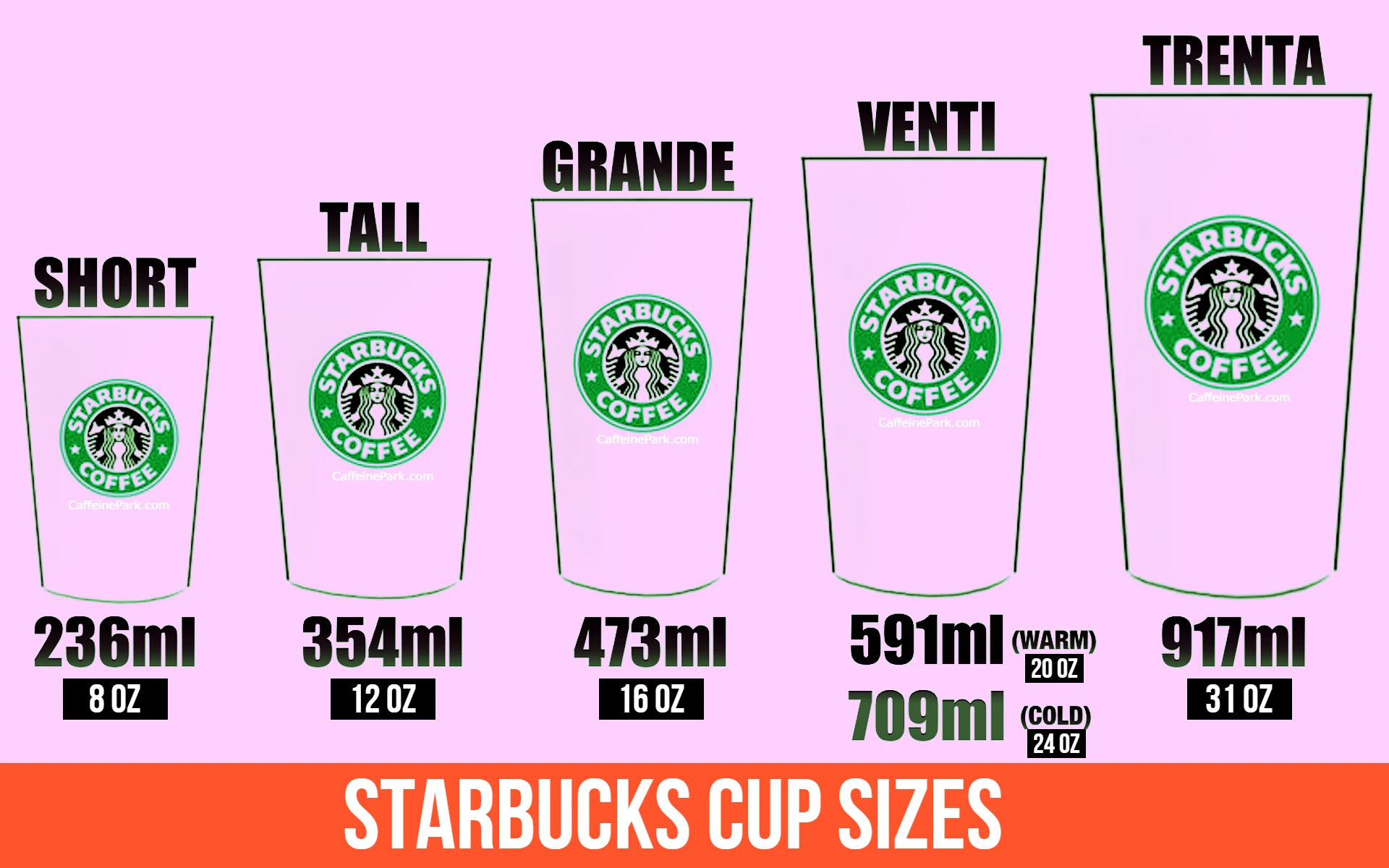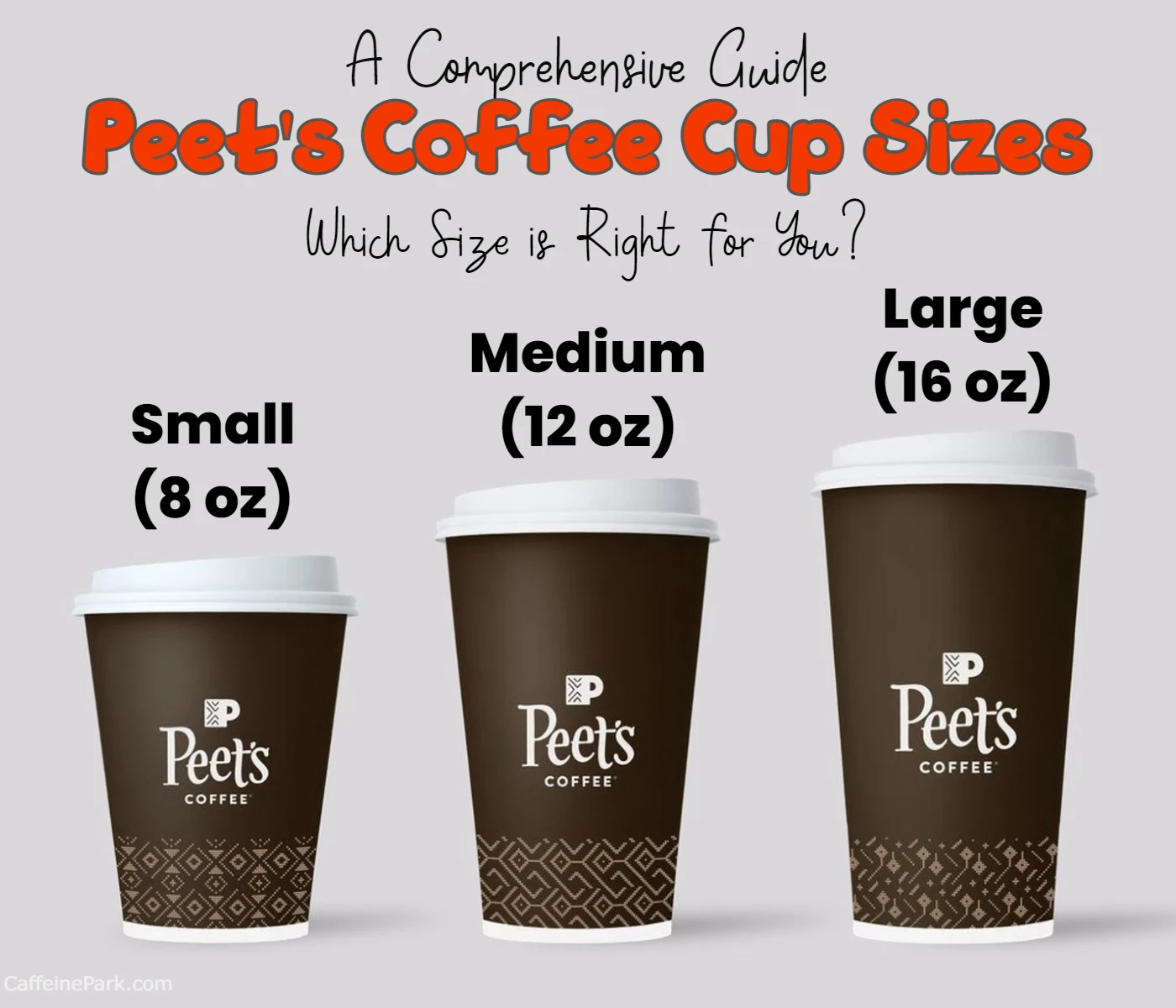
Welcome to my blog, where we’re going to take a journey through the fascinating history of Starbucks, one of the world’s most beloved coffee brands. From its humble beginnings in a small Seattle coffee shop to its status as a global icon, Starbucks has undergone many changes and challenges along the way.
We’ll explore the evolution of the Starbucks logo, from the original mermaid badge to the sleek and modern design of today. We’ll also dive into the company’s commitment to ethical sourcing and sustainability, and how those values have shaped the Starbucks brand over time.
So grab a cup of coffee, sit back, and join me as we delve into the rich history of Starbucks. Whether you’re a die-hard Starbucks fan or simply curious about the story behind the brand, I guarantee you’ll find something fascinating in the pages ahead. Don’t forget to read all the way to the end of my blog for a special surprise!
| Year | Event |
|---|---|
| 1971 | Starbucks opens its first store in Seattle, Washington, selling high-quality coffee beans and equipment. |
| 1982 | Howard Schultz joins Starbucks as Director of Retail Operations and Marketing. |
| 1983 | Schultz travels to Italy and is inspired by the Italian coffeehouse culture. |
| 1984 | Schultz convinces Starbucks to experiment with serving espresso beverages in addition to selling coffee beans and equipment. |
| 1985 | Schultz leaves Starbucks to start his own coffeehouse chain, Il Giornale. |
| 1987 | Il Giornale acquires Starbucks and adopts the Starbucks name for all stores. |
| 1992 | Starbucks goes public with an initial public offering (IPO) of stock. |
| 1994 | Starbucks opens its first store outside of North America, in Tokyo, Japan. |
| 1995 | Starbucks introduces Frappuccino blended beverages. |
| 1997 | Starbucks opens its first store in the United Kingdom. |
| 2003 | Schultz steps down as CEO of Starbucks, but remains as Chairman of the Board. |
| 2008 | Starbucks closes all of its stores in the United States for an afternoon to provide racial bias training for employees. |
| 2011 | Starbucks introduces the Starbucks Card Mobile App for iPhone and Android devices. |
| 2012 | Starbucks acquires Teavana, a specialty tea retailer. |
| 2014 | Starbucks partners with Arizona State University to offer free college tuition to employees. |
| 2018 | Starbucks announces plans to phase out single-use plastic straws by 2020. |
| 2020 | Starbucks announces plans to close up to 400 stores in North America over the next 18 months due to the COVID-19 pandemic. |
The Founding of Starbucks
The year was 1971. Three college friends, Jerry Baldwin, Zev Siegl, and Gordon Bowker, opened a small coffee shop in Seattle’s Pike Place Market. They named it after the first mate in Herman Melville’s classic novel, Moby-Dick. The shop was initially named “Starbucks Coffee, Tea, and Spice,” but was eventually shortened to just “Starbucks.”
At first, Starbucks sold only roasted coffee beans and brewing equipment. It wasn’t until the 1980s that the company started selling brewed coffee to customers. In 1984, Howard Schultz, who had been running his own coffee company, joined Starbucks as the director of retail operations and marketing.
The Expansion of Starbucks
Under Schultz’s leadership, Starbucks began to expand rapidly. The first Starbucks outside of Seattle opened in Chicago in 1987. By the end of the 1990s, there were over 2,000 Starbucks locations worldwide.
One of the keys to Starbucks’ success was its focus on creating a unique customer experience. Starbucks stores were designed to be a “third place” between work and home, where people could relax, socialize, and enjoy a cup of coffee. The company also placed a strong emphasis on employee training and development, ensuring that baristas were knowledgeable and skilled in the art of coffee-making.
In addition to its focus on customer experience, Starbucks was also known for its commitment to ethical sourcing and sustainability. In 2000, the company launched its “Shared Planet” initiative, which included a pledge to purchase only ethically sourced coffee and to reduce its environmental footprint.
Logo change
Starbucks, one of the world’s most recognizable coffee brands, has undergone several logo changes throughout its history. Let’s take a closer look at the evolution of the Starbucks logo over time.

The First Starbucks Logo (1971)
The original Starbucks logo, created in 1971, featured a circular badge with a mermaid in the center. The mermaid was based on a 16th-century Norse woodcut of a twin-tailed mermaid, or siren. The mermaid was shown in a green and white color scheme, with the words “Starbucks Coffee” circling around her.
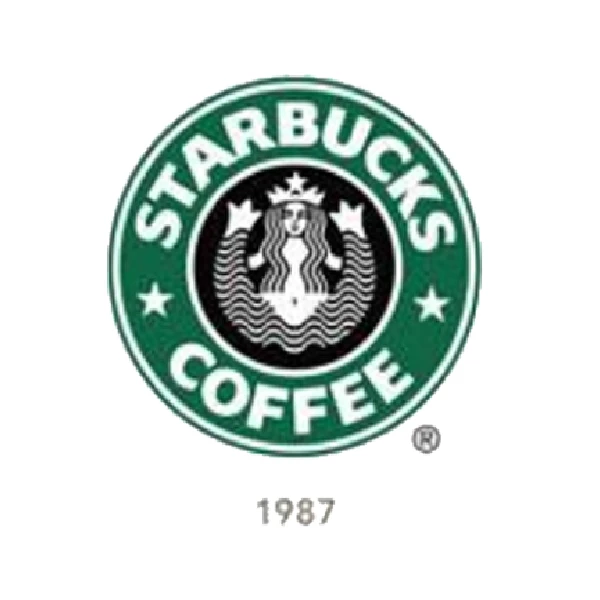
The Second Starbucks Logo (1987)
In 1987, Starbucks unveiled a new logo, which featured a simplified version of the mermaid. This time, the mermaid was shown in black and white, with no text or other elements. The design was meant to be more modern and streamlined, reflecting the company’s expansion and growth.
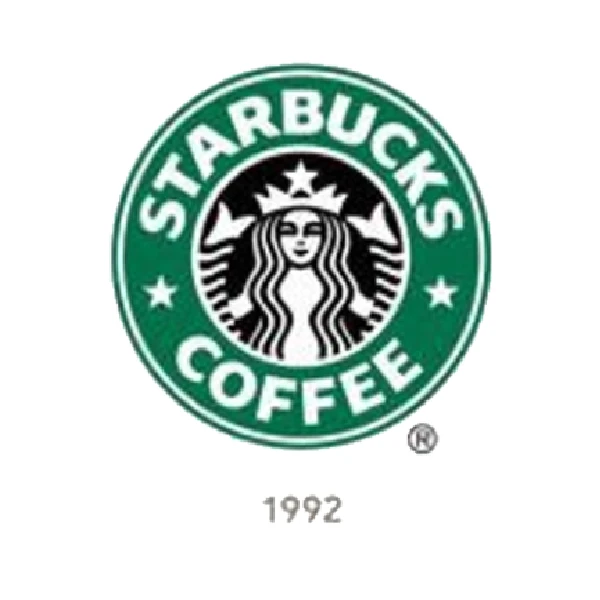
The Third Starbucks Logo (1992)
In 1992, Starbucks introduced a new logo that added a pop of color to the design. The mermaid was still the centerpiece of the logo, but this time she was shown in a green color, with a circle of stars surrounding her. The words “Starbucks Coffee” were added to the logo in a new font, with a more stylized and modern look.
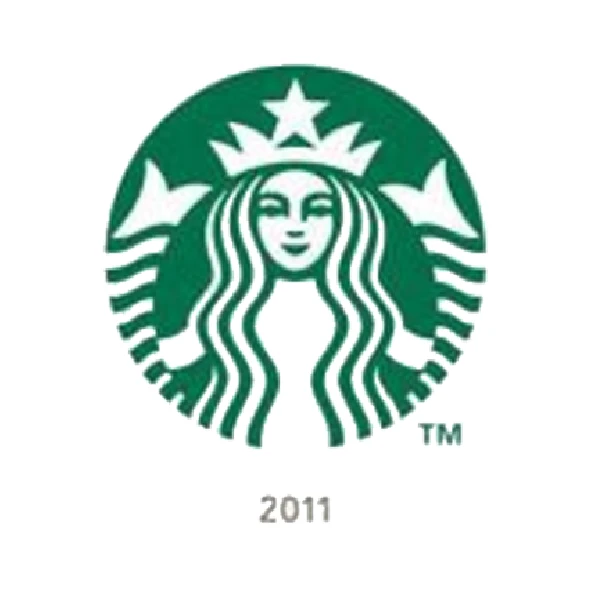
The Fourth Starbucks Logo (2011)
In 2011, Starbucks made a significant change to its logo, removing the words “Starbucks Coffee” altogether. The new logo featured only the mermaid, now shown in a simpler, more streamlined design. The color scheme was changed to a more muted green, and the circle of stars was removed.

The Fifth Starbucks Logo (2021)
In 2021, Starbucks introduced its latest logo, which is a refresh of the 2011 logo. The new logo retains the same basic design, with the mermaid in the center and a green color scheme. However, the mermaid is now shown in a more detailed and realistic style, with flowing hair and a more prominent crown. The word “Starbucks” is now shown in a new font, with a more modern and simplified look.
Over the years, Starbucks has gone through several logo changes, each reflecting the company’s evolution and growth. From the original mermaid badge to the more streamlined and modern designs of the present day, the Starbucks logo has become one of the most iconic and recognizable in the world of coffee and beyond.
Menu Change
Over the years, Starbucks has made several changes to its menu in response to changing customer preferences and trends. In 2003, the company introduced the “Starbucks Card,” a reloadable prepaid card that offered customers convenience and rewards. This was followed by the launch of the Starbucks Mobile App in 2011, which allowed customers to pay for their orders and earn rewards through their smartphones.
In terms of Starbucks’ menu changes, it has introduced several new products and variations of existing products. For example, in 1996, Starbucks introduced its first Frappuccino, a blended beverage made with coffee, milk, and ice. Since then, the company has introduced several new flavors and variations of the Starbucks Frappuccino, such as the Mocha Frappuccino and the Java Chip Frappuccino.
In recent years, Starbucks has also responded to changing consumer preferences by introducing more plant-based options and reducing the sugar content in some of its drinks. In 2018, the company introduced the “Protein Blended Cold Brew,” a blended drink made with almond milk and plant-based protein powder. In 2020, Starbucks also introduced the “Iced Pineapple Green Tea Infusion,” a refreshing drink made with green tea, pineapple, and ginger flavors.
Overall, Starbucks has made several menu changes over the years in response to changing consumer trends and preferences. The company continues to introduce new products and variations of existing products to appeal to a wide range of customers.
Starbucks bottled drinks
Starbucks has offered bottled drinks for many years, allowing customers to enjoy their favorite Starbucks beverages on the go. The company’s bottled drink lineup includes a variety of coffee, tea, and juice-based drinks, as well as cold brew and espresso shots.
One of the most popular drinks offered by Starbucks is the bottled Frappuccino, which was first introduced in 1996. The bottled version of the Frappuccino is available in several flavors, such as Mocha, Vanilla, and Caramel. Starbucks also offers a line of bottled iced coffee drinks, which come in various flavors and strengths.
In addition to coffee-based drinks, Starbucks also offers bottled teas, including green tea, black tea, and herbal tea. The company’s bottled tea lineup also includes the “Teavana” line of tea-based drinks, which feature a variety of unique flavors and ingredients.
Starbucks has also made efforts to expand its bottled drink lineup to include more non-coffee options. In 2018, the company introduced the “Starbucks Refreshers” line of sparkling juice-based drinks, which are made with real fruit juice and green coffee extract. The Refreshers line comes in several flavors, such as Strawberry Lemonade and Peach Passionfruit.
Overall, Starbucks’ bottled drink lineup offers customers a convenient way to enjoy their favorite beverages on the go. The company’s lineup includes a variety of coffee, tea, and juice-based drinks, as well as cold brew and espresso shots.
Cups Size Change
In 2008, Starbucks made a significant change to its cup sizes by introducing the “Trenta” size for iced beverages. The Trenta cup holds 31 ounces, making it larger than the previous largest Starbucks Cup size, the venti, which holds 24 ounces. The introduction of the Trenta was a response to customer demand for larger sizes and the popularity of iced beverages.
However, the introduction of the Trenta size also sparked concerns about portion sizes and the potential health impacts of consuming such large amounts of sugary beverages. Some health experts criticized the move, arguing that it could contribute to obesity and other health problems.
In response to these concerns, Starbucks has also made efforts to promote healthier beverage options and reduce the sugar content in some of its drinks. In 2017, the company announced a commitment to reduce added sugar in its beverages by 25% by 2020. This included reducing sugar in some of its popular drinks, such as the Pumpkin Spice Latte, which had 50% less sugar than its original recipe.
Overall, Starbucks’ decision to introduce the Trenta size sparked both criticism and praise from customers and health experts. The company has continued to offer a range of cup sizes for its beverages, while also making efforts to promote healthier options and reduce the sugar content in some of its drinks.
Challenges and Controversies
As Starbucks continued to grow, it faced a number of challenges and controversies. One of the biggest challenges came in 2008 when the global financial crisis led to a decrease in consumer spending. Starbucks responded by closing hundreds of underperforming stores and reevaluating its expansion plans.
In addition to financial challenges, Starbucks also faced criticism from some quarters for its perceived role in the gentrification of urban neighborhoods. Some critics argued that the company’s stores were driving up rents and pushing out small, independent businesses.
Starbucks also faced controversy over its tax practices. In 2012, it was revealed that the company had paid only £8.6 million in UK taxes over 14 years, despite generating billions of pounds in revenue. The revelation sparked protests and calls for boycotts of the company.
In response to these controversies, Starbucks has taken steps to improve its image and address concerns. The company has committed to opening stores in underserved communities and has launched a program to provide college tuition reimbursement for its employees.
Recent Developments
In recent years, Starbucks has continued to innovate and expand. In 2015, the company launched its “Mobile Order and Pay” feature, which allows customers to order and pay for their drinks ahead of time using their mobile devices. This feature has been hugely popular, with over 20% of Starbucks orders in the US now coming through the mobile app.
In 2018, Starbucks made headlines when it announced that it would be phasing out plastic straws in all of its stores by 2020. The move was part of the company’s broader commitment to reducing waste and promoting sustainability.
Most recently, Starbucks has been working to expand its presence in China, where it already has over 4,000 stores. In August 2021, the company announced plans to open 600 new stores in China over the next year, with a focus on smaller, more convenient locations.
Starbucks has also been experimenting with new store formats, such as the “Starbucks Pickup” stores that are designed for mobile ordering and pickup only. These stores have no seating areas and are located in busy urban areas, such as airports and train stations.
Conclusion
In conclusion, Starbucks has come a long way since its humble beginnings as a small coffee shop in Seattle’s Pike Place Market. Through its commitment to customer experience, ethical sourcing, and sustainability, the company has become a beloved global brand with a presence in over 80 countries around the world.
Of course, Starbucks has faced its fair share of challenges and controversies along the way, but the company has shown a willingness to adapt and evolve in response to feedback and criticism.
Looking to the future, it will be interesting to see how Starbucks continues to innovate and expand in the ever-changing landscape of the coffee industry. One thing is for sure, though: wherever there is a Starbucks, there will be a place to enjoy a great cup of coffee and a welcoming atmosphere.
FAQs
Starbucks was founded on March 31, 1971.
The first Starbucks was located in Seattle, Washington, in the historic Pike Place Market.
Starbucks was founded by three friends: Jerry Baldwin, Zev Siegl, and Gordon Bowker.
The name “Starbucks” was inspired by the novel Moby-Dick. The founders wanted a name that evoked the seafaring tradition of coffee and the romance of the high seas.
Starbucks started expanding beyond Seattle in the 1980s, opening stores in other parts of the United States and eventually expanding to other countries around the world.
The Starbucks logo features a mermaid or siren, which represents seduction, mystery, and a nautical theme. The logo has undergone several changes over the years, reflecting the evolution of the brand.
Starbucks is committed to ethical sourcing of coffee beans, meaning they work with farmers and suppliers to ensure fair wages and safe working conditions. The company also has a commitment to sustainability, focusing on reducing waste, conserving water and energy, and promoting eco-friendly practices.
Starbucks’ most popular drink is the Pumpkin Spice Latte, which is typically available seasonally in the fall. Other popular drinks include Caramel Macchiato, Frappuccinos, and various flavors of iced and hot coffee.
As of 2021, there were over 32,000 Starbucks locations in 83 countries around the world.
Read More:
Sources:

